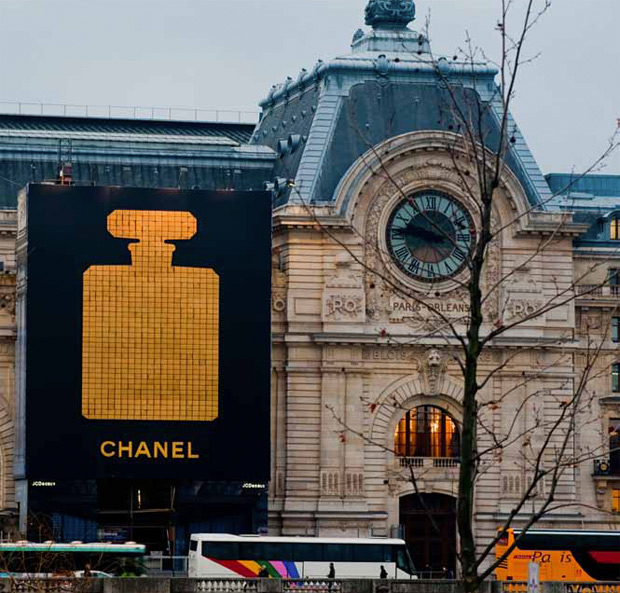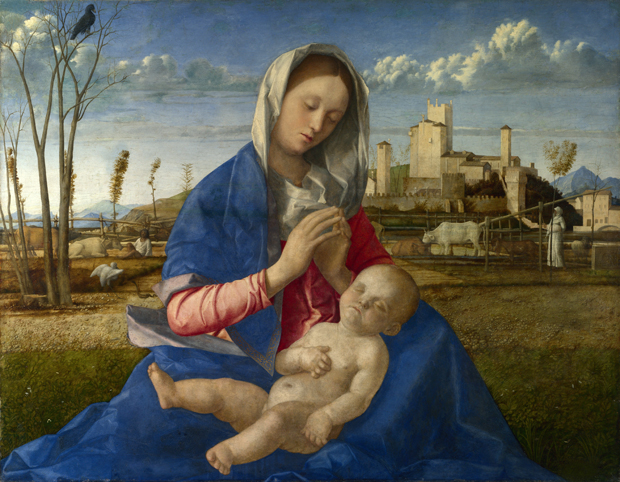
A defence of censorship by Alain de Botton
In Art as Therapy, Alain de Botton and John Armstrong set out some moments when censorship is justified
Alain de Botton and John Armstrong's Art As Therapy reconsiders a long-held idea about art's uplifting and spiritual qualities in daringly bold and contemporary terms. They argue that art can be used as a practical tool to improve and rebalance our everyday lives. This, they do by considering artworks old and new, offering their own readings of them, and even alternative titles.
However, the book also raises other points about the way art sits in the world, beyond the works themselves, and in so doing, comes up with some radical proposals. Take the chapter entitled A Defence Of Censorship. While the authors concede that censorship is something of a dirty word in our times, raising memories of the Lady Chatterley's Lover trial in Britain in the early 1960s, or the behaviour of oppressive regimes, they argue that it is quite proper, as a matter of civic responsibility, to exercise a veto of some kind when it comes to the "desired atmosphere of the general environment".
Contrasting the benefits of a Bellini canvas with the disquiet brought about by a smashed underground station, they write, "If we allow that art has power to alter us for the better, we must also be aware that the opposite of art, by which we mean the opposite of the values that are embedded within good works of art, can also harm."

Another offending item is captured in this photo (top), taken in 2011, of a large advert for Chanel perfume stuck insensitively adjacent to the Musée D'Orsay in Paris. The advert itself is not that gaudy - quite tasteful on its own terms, with its logo and representation of the perfume bottle in gold tiles. It's the juxtaposition, next to the museum entrance, that's grotesque. "A temporary monument to insensitivity", as the authors title the image. "The advert unintentionally supports our lack of focus and attention," argue de Botton and Armstrong. "Things that draw us away from our best potential should not be paraded in front of us, asking for admiration. In this case, censorship would be entirely justified."
If you're intrigued by this forceful examination of the role of art, you can find it and many more in Alain's new book. You can learn more about the book here. You can see some more pictures from it here and when you've done that why not buy it from the people who made it, here.